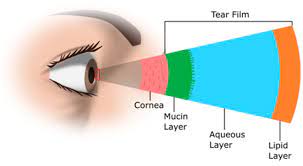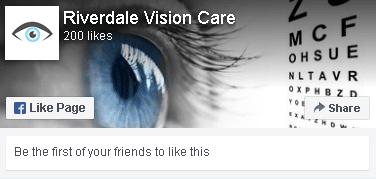CAUSES OF DRY EYE
There are two types of dry eye disease. The first is known as aqueous deficiency dry eye—it happens when your eyes do not produce enough tears. The second and more common type is evaporative dry eye.
Common causes of decreased tear production include:
• Aging -tear production tends to diminish as you get older.
• Hormonal changes in females.
• Certain medical conditions including allergic eye disease, rosacea, thyroid disorders, vitamin A deficiency, and autoimmune disease (rheumatoid arthritis, Sjogren’s syndrome, lupus, and sarcoidosis)
• Certain medicines, including antihistamines, decongestants, antidepressants, and medicines for high blood pressure, acne, birth control and Parkinson’s disease.
• Corneal nerve desensitivity caused by contact lens use, nerve damage or laser eye surgery, though symptoms of dry eyes related to this procedure are usually temporary.
Evaporative dry eye occurs when tears dry up too quickly due to an imbalance in the tear film. The tear film is made up of three distinct layers: lipid (surface oil) and muco-aqueous tear (mucin and aqueous tear). Each of these layers plays an important role in keeping the ocular surface protected and lubricated. In evaporative dry eye, the oil layer is insufficient causing poor tear quality and instability.
Common causes of increased tear evaporation include:
• Meibomian gland dysfunction-blockage of glands on the edge of your eyelids
• Failure to blink regularly, such as when staring at a computer screen for long periods of time.
• Eye allergies
• Preservatives in topical eye drops.
• Wind, smoke or dry air
• Vitamin A deficiency


973-248-0060
92 Route 23 N Suite E
Riverdale, NJ 07457
Office Hours
Monday: 9:30am - 6:00pm
Tuesday: 9:30am - 6:00pm
Wednesday: 9:30am - 6:00pm
Thursday: 9:30am - 6:00pm
Friday: 9:00am - 4:00pm
Saturday: 9:00am - 3:00pm
Sunday: Closed
info@riverdalevisioncare.com

